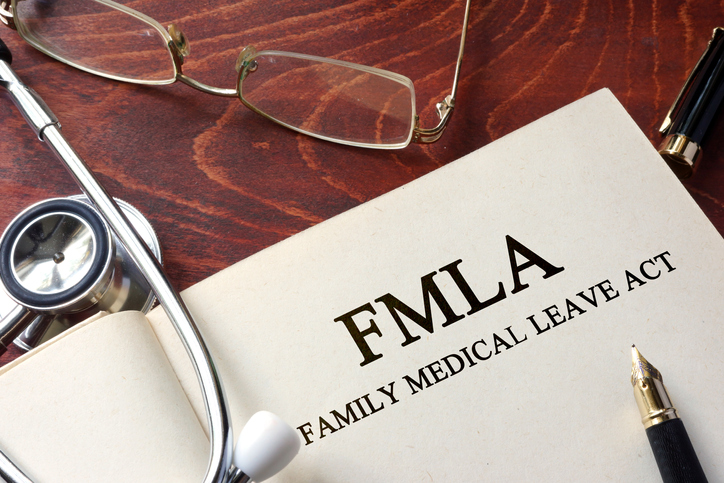Living with Chronic Pain
The Family Medical Leave Act (FMLA)

The Family and Medical Leave Act (FMLA) is a United States labor law created in 1993. FMLA provides job protection to eligible employees for up to 12 weeks of leave in any 12 month period.
Events that qualify under the Family Medical Leave Act include employee medical needs and family members of an employee requiring medical care. Family members are defined under the act include the employee’s spouse, parents, children, and next of kin under military caregiver leave. An employee must apply for FMLA with their employer and may not be denied if all eligible conditions are met.
When needed, an employee should request FMLA from their employer and complete all necessary forms. Employers must restore the employee’s previous job or provide a position equivalent to the employee’s prior job when they return to work. Most employees are covered under the FMLA law; however, certain positions may not be covered. Employees should check with their employer to determine if they qualify. Qualifications include at least 12 months of service to the employer. Although several entitlements, such as vacation or sick leave, may be affected while an employee is on FMLA, the employee should be able to continue paying health insurance premiums and maintain coverage. Intermittent leave is acceptable under the FMLA law.
FMLA may be used for the following reasons:
- Serious health conditions including, but not limited to, cancer, heart attack, stroke or severe injury of employee
- Pregnancy and birth, adoption or foster care placement of a child
- Care of spouse, child, or parents with serious medical need or terminal illness
- Military caregiver
- Emergency arising from spouse, child or parent on covered active duty
- Serious health conditions, chronic health conditions and conditions requiring inpatient care
- Conditions that incapacitate employee or a covered family member for more than three consecutive days
- Ongoing medical treatment
- Alzheimer’s disease
- Terminal disease
- Other qualifying conditions as determined


















